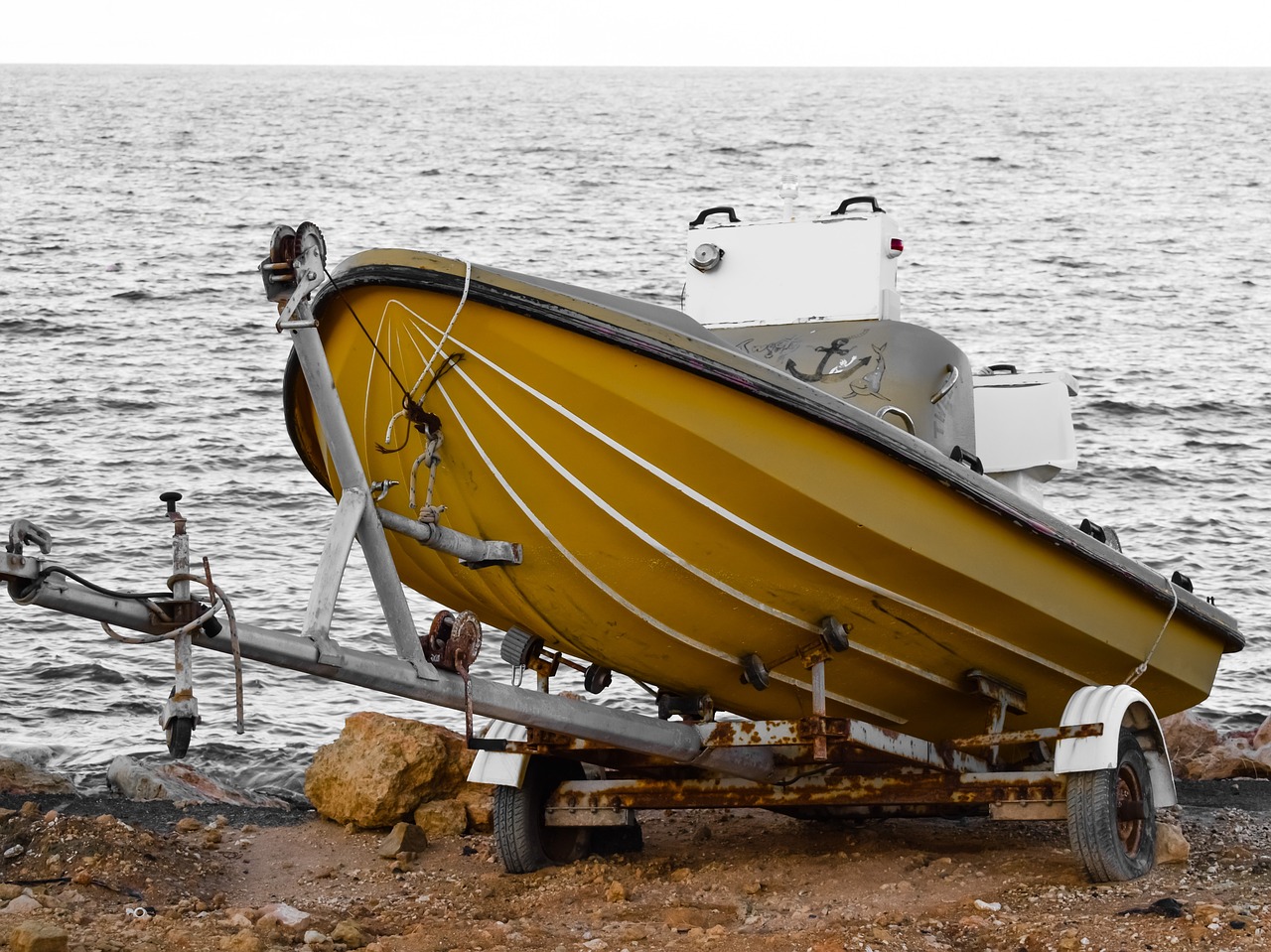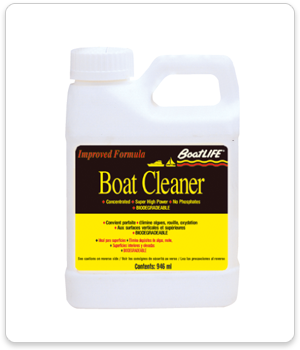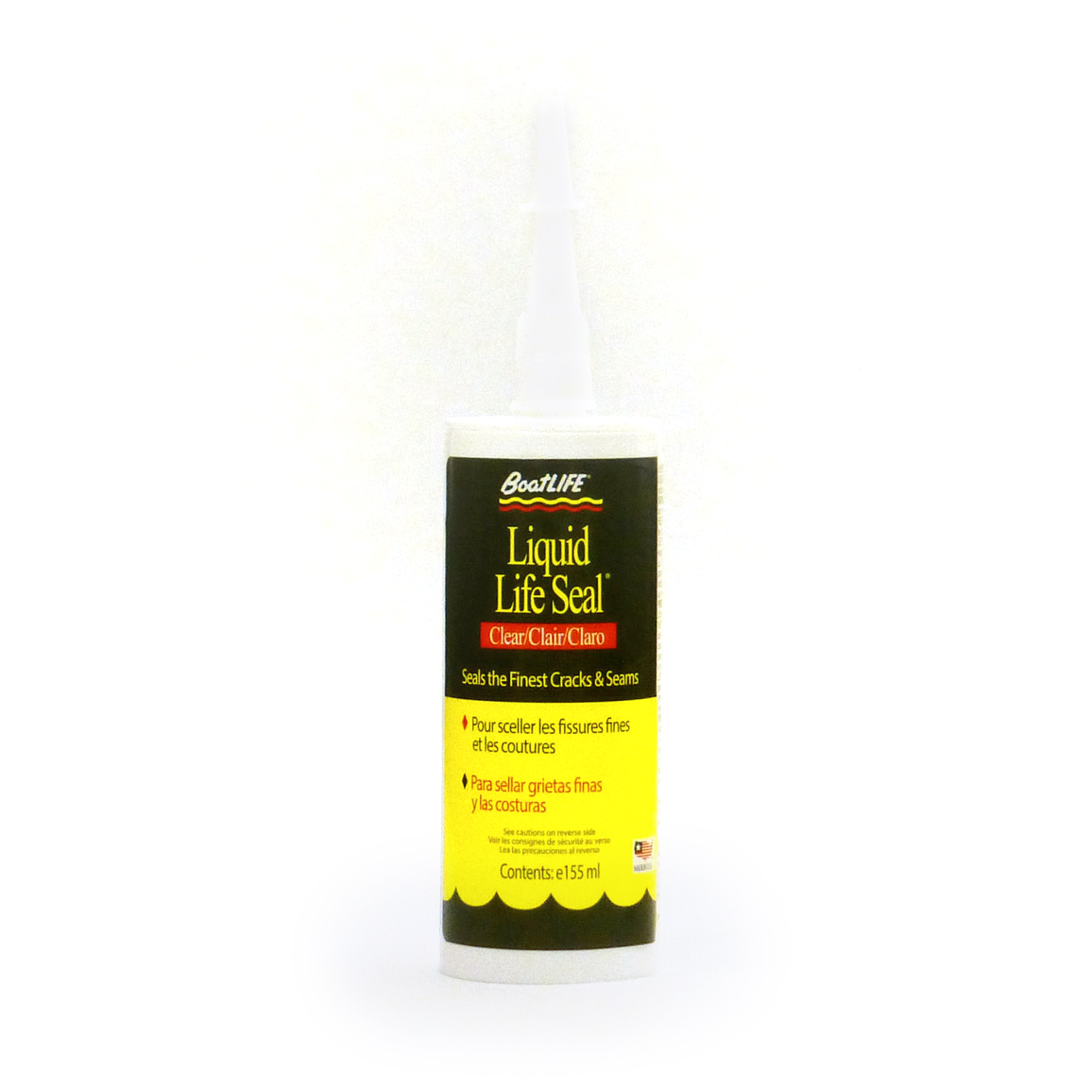
To legally tow a boat on public roads, you have to have a functioning
signaling system in place. You accomplish that by wiring the trailer to your
vehicle, thus ensuring that your signals will be in sync with the ones you
operate from your car. This is not only a convenience for everybody else on the
road, but an essential safety measure for you as well.
You also need working tail lights and brake lights on your
trailer to ensure you don’t get pulled over by a police officer who’s only
trying to maintain the safety of everyone on the road. For your own sake,
properly wiring a boat trailer will go a long way toward giving yourself a more
pleasant afternoon with the boat. Here’s what you need to know.
Identify the Trailer
Wiring System First
The first step is to identify the type of wiring system your boat uses:
- The two-wire system is very common and a
simple way of matching up your trailer with your vehicle. The stop/brake
signals and the turn signals will be communicated along one wire, with the
taillight system coming along a separate wire. - The three-wire system is very common for
cars. It will send your stop/tail/turn signals along three distinct wires.
You’ll likely need a converter to properly tow a trailer, sometimes known as a
“three-to-two” converter.
There are other types of systems that your boat trailer may
use, so make sure that you consult its individual instructions to see if your
boat trailer has any specific needs.
How to Wire Your Boat
Trailer

Once you understand which wiring system your car and your
boat trailer use, you’ll have a sense of the next steps involved:
- For
disparate systems, purchase a
converter as needed, such as a three-to-two converter. - Ideally,
your vehicle will come with a factory-installed connector. If it does not,
you’ll have to use custom wiring. Make sure that you look up your car and do
some searching online to find custom wiring kits specifically designed for its
specific lighting system. This will save a lot of guesswork. Unfortunately, as
your car might use a different system, we can’t tell you the specific steps
involved without knowing that system. - Follow
the instructions of your kit, making sure that you’re wiring the proper
assembly (such as a three-wire system to the two-wire system of your boat
trailer). Make sure you know each wiring system’s assembly before you start. - Assemble
the proper connections. Your trailer wiring will include a plug connected
to your vehicle’s lighting circuitry and its matching connectors on the
trailer. This is the point at which you might also need a converter to serve as
a buffer between the two connections and ensure the lights work properly. - Test your
trailer lights. Once you’ve wired your trailer, the last step is to confirm
that it’s working. Make sure that you test all
lighting systems: brake lights, tail lights, and turn signals. Don’t simply
test your signals and trust that the rest of the wiring is in place.

Once tested and assembled, you’re ready to tow your
trailer—and your boat. But make sure that your signals are clear with the
proper boat
cleaners. Continually test your boat trailer wiring each time you take the
trailer on the road. It’s safer for you and the other drivers, and it will
allow you to put the rest of your energy towards enjoying the trip!



